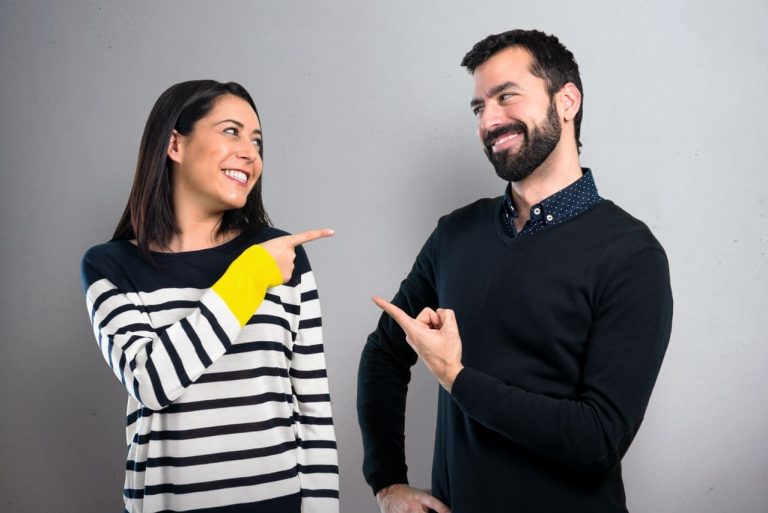How to Crack the Past Participle in Spanish
Today you’re going to be getting down and dirty with some grammar – you’re learning everything there is to know about the past participle in Spanish. But the best part about this entire situation is that the past participle (or better yet, the past participles) is actually a relatively simple Spanish grammar tense. Sure, there are a…











